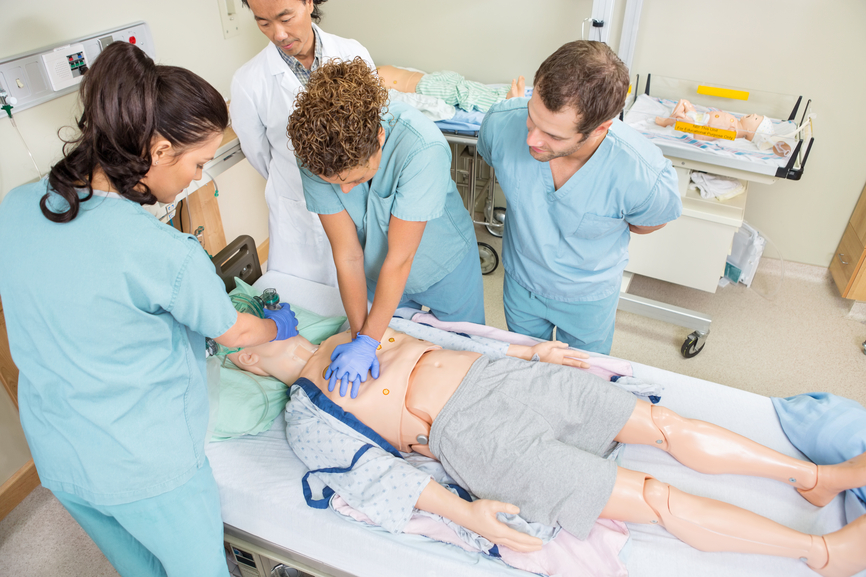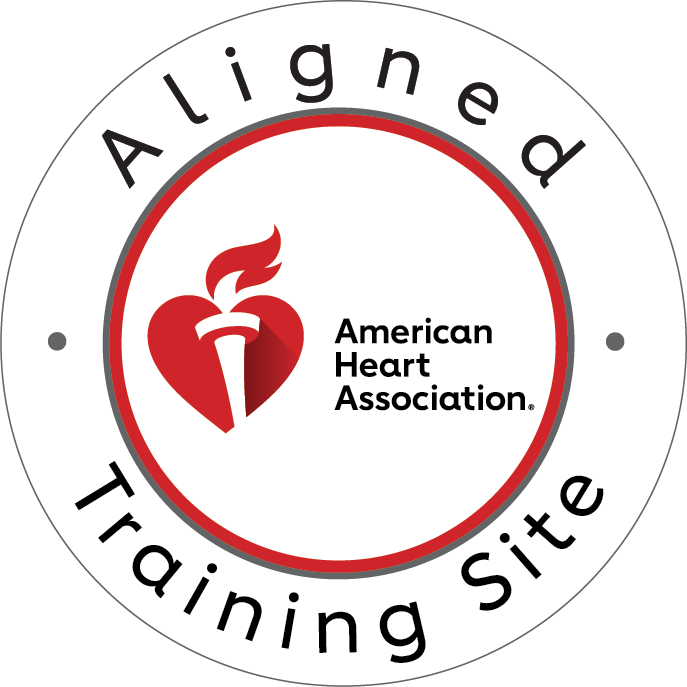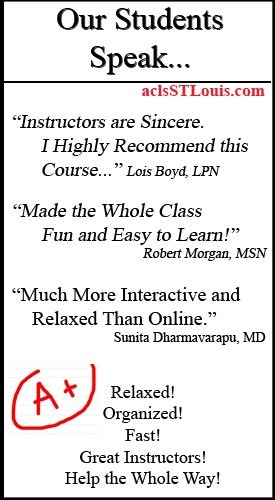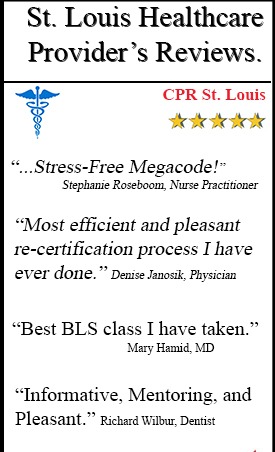Cardiac arrhythmias are disruptions in the normal rhythm of the heart. These irregular heartbeats can range from harmless to life-threatening, depending on the type and severity. While some arrhythmias may cause mild symptoms like palpitations or fatigue, others can result in the heart’s inability to pump blood effectively, leading to cardiac arrest or stroke. In emergency and non-emergency settings alike, electrical interventions such as defibrillation and cardioversion play a vital role in restoring normal heart rhythm and saving lives. Understanding how these procedures work is important not only for healthcare providers but also for the general public, especially as access to lifesaving tools like automated external defibrillators (AEDs) becomes more widespread.

What is Defibrillation and Its Purpose?
Defibrillation is an emergency medical procedure used to treat life-threatening cardiac arrhythmias, particularly ventricular fibrillation (VF) and pulseless ventricular tachycardia (VT). In these conditions, the heart quivers or beats chaotically, failing to pump blood effectively. Defibrillation involves delivering a high-energy electrical shock to the heart to reset its electrical activity, with the goal of restoring a normal rhythm. Time is of the essence—defibrillation must be performed quickly, often within minutes of collapse, to increase the chance of survival.
There are several types of defibrillators used in clinical and public settings. Manual defibrillators, commonly found in hospitals, are operated by trained professionals who determine the timing and intensity of the shock. In contrast, AEDs are designed for use by lay rescuers and provide clear, step-by-step instructions. AEDs automatically analyze the heart’s rhythm and advise whether a shock is needed. This accessibility has revolutionized emergency care, allowing bystanders to intervene and potentially save lives before EMS personnel arrive.
What is Cardioversion and Its Purpose?
Cardioversion, while also an electrical intervention, differs significantly from defibrillation in both purpose and application. Cardioversion is used to treat arrhythmias such as atrial fibrillation (AFib), atrial flutter, and supraventricular tachycardia (SVT), which are generally not immediately life-threatening but can still impair heart function and increase the risk of complications like stroke. Unlike defibrillation, cardioversion is often scheduled as a planned or elective procedure, although it can be performed in emergencies when rapid heart rate control is necessary.
The key technical difference lies in synchronization. In synchronized cardioversion, the electrical shock is timed to coincide with a specific point in the heart’s electrical cycle to avoid inducing a more dangerous arrhythmia. This timing reduces the risk of complications. Cardioversion may be recommended when medication fails to control the heart rate or rhythm, or when symptoms significantly impact a patient’s quality of life. It is usually performed under light sedation, allowing the patient to be comfortable and unaware during the procedure.
What Happens After Defibrillation?
What happens after defibrillation can vary depending on the underlying condition and the success of the intervention. Immediately following the shock, healthcare providers assess whether a pulse has returned and monitor vital signs. Continuous ECG monitoring is essential to detect recurring arrhythmias or signs of cardiac instability. While many patients regain consciousness quickly, others may require additional medical support, especially if defibrillation was delayed. Common side effects may include chest discomfort or skin irritation from the electrode pads. Long-term recovery may involve identifying the cause of the arrest, such as coronary artery disease or electrolyte imbalances, and taking steps to prevent recurrence through medication, lifestyle changes, or implantable cardioverter-defibrillators (ICDs).
What Happens After Cardioversion?
Following cardioversion, patients typically spend a short time in a recovery area for observation. Vital signs are monitored closely, and an ECG is repeated to confirm rhythm normalization. Depending on the reason for the arrhythmia, doctors may prescribe anticoagulants to reduce stroke risk or antiarrhythmic medications to maintain a steady rhythm. Recovery is generally swift, but patients may be advised to avoid strenuous activity for a day or two. Lifestyle modifications—such as reducing caffeine or alcohol intake, managing stress, and treating sleep apnea—can help maintain heart health. Follow-up appointments with a cardiologist are essential to evaluate treatment success and monitor for recurrence.
What is the Difference Between Defibrillation and Cardioversion?
Although both defibrillation and cardioversion use electrical shocks to correct abnormal heart rhythms, they are distinct in their execution and purpose. Defibrillation is a high-energy, unsynchronized shock delivered during cardiac arrest when the patient is unresponsive and pulseless. In contrast, cardioversion is typically synchronized, uses lower energy levels, and is performed when the patient is conscious (often with sedation) and hemodynamically stable. Understanding these differences is crucial for ensuring the appropriate treatment is used in the right context. While defibrillation can be lifesaving in seconds, cardioversion is part of a broader long-term strategy for managing chronic arrhythmias.
Training and Certification Importance
Proper training and certification are essential to the successful application of both procedures. Healthcare providers, especially those in emergency medicine, cardiology, and critical care, must be certified in courses such as Basic Life Support (BLS), Advanced Cardiovascular Life Support (ACLS), and Pediatric Advanced Life Support (PALS). These programs teach not only the technical steps but also the reasoning and decision-making skills necessary to use defibrillation and cardioversion effectively.
Public education also plays a vital role. Community-based public access defibrillation (PAD) programs have made AEDs more available in schools, gyms, airports, and other public spaces. Hands-on training, such as CPR and AED certification classes offered by organizations like CPR St. Louis, empowers everyday people to act confidently in emergencies. A stress-free learning environment, combined with practical experience, helps both professionals and the public feel prepared to respond when every second matters.
Conclusion
Defibrillation and cardioversion are critical tools in the fight against cardiac arrhythmias. Defibrillation saves lives in the most urgent situations, while cardioversion offers a solution for stabilizing long-term rhythm disturbances. Understanding the differences between these interventions, their uses, and their follow-up care is essential for both healthcare providers and informed community members. With proper education, training, and access to life-saving equipment, anyone can be prepared to help restore a heartbeat and potentially save a life. Continued learning through programs like those offered at CPR St. Louis ensures that these life-saving skills remain sharp and accessible to all who need them.





